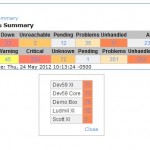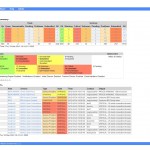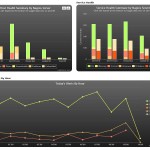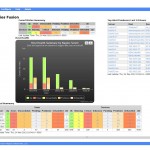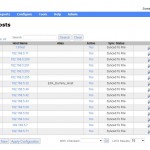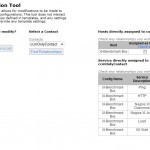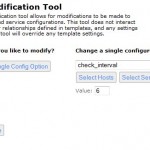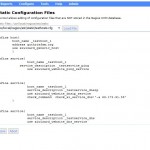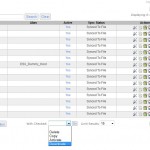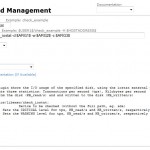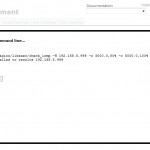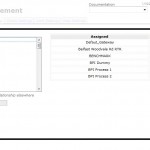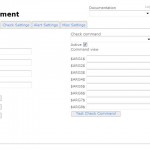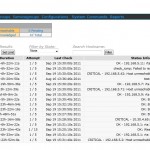Nagios Fusion 2012 Beta is now available for user testing! The beta is a free 60-day trial, but existing Fusion customers can use their current license key to authorized Fusion 2012. Nagios Fusion 2012 is a central dashboard and data aggregation for all of your Nagios installations. Fusion 2012 will integrate seamlessly with Nagios XI and Nagios Core 3.x installs, and requires no additional configuration changes on any of your Nagios servers. Requires Nagios XI 2011R2.5 or later for all XI features to be available.
Here’s a highlight of the current feature list:
- Unified authentication for all Nagios XI servers
- User-defined, customizable dashboards and menus
- Easily drill down to any Nagios server to find problems
- Fused Tactical Overview information
- Fused Health Summaries for Nagios servers
- Fused Alert Summary
- Fused Alert Histogram
- Fused Top Alert Producers
- Several new data visualizations
- Single Host or Service Dashlets (Nagios XI Only)
- Graph Explorer Timeline and Time-stacked graphs (Nagios XI Only)
- Hostgroup and Servicegroup Summary dashlets (Nagios XI Only)
The power exists in Nagios Fusion to aggregate almost any information across multiple Nagios installs. Here are some screenshots of the new beta release.


